Your vital organs—screened
Scan your body for potential cancer and 500+ conditions in up to 13 organs.



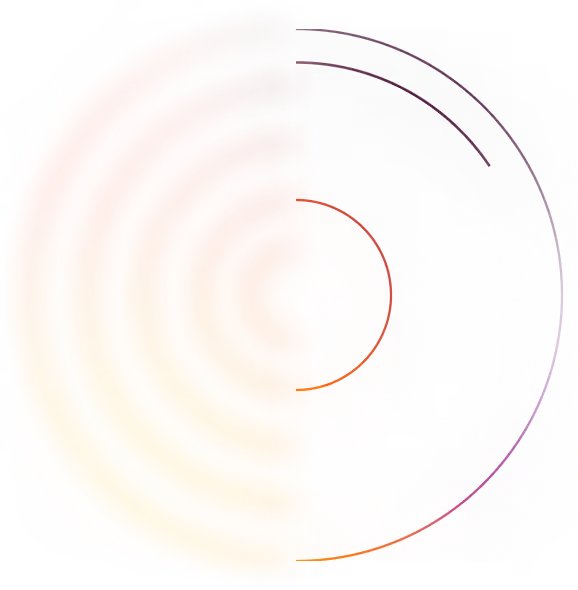
Our scan is designed to










"A large part of the credit for this great prognosis goes to early detection: given that the tumor was found so early, it was easier to remove surgically, and any spread is unlikely"

Most people diagnosed with cancer twice can’t say cancer and lucky in the same sentence. I'm so thankful to have caught these cancers early.


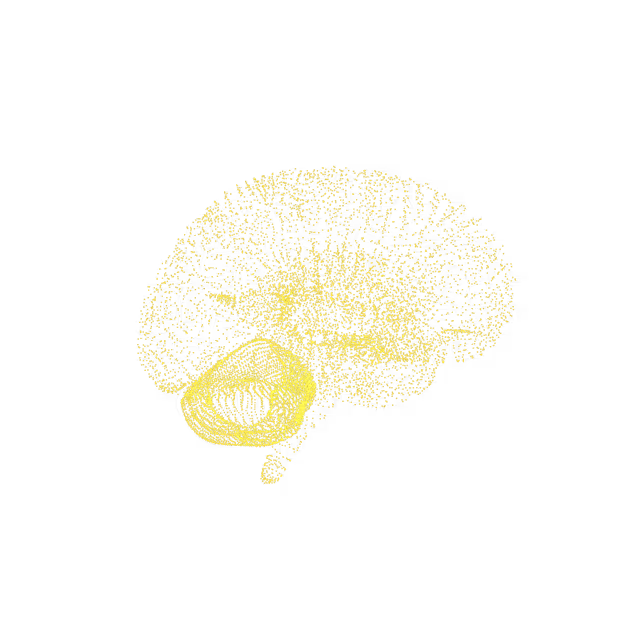
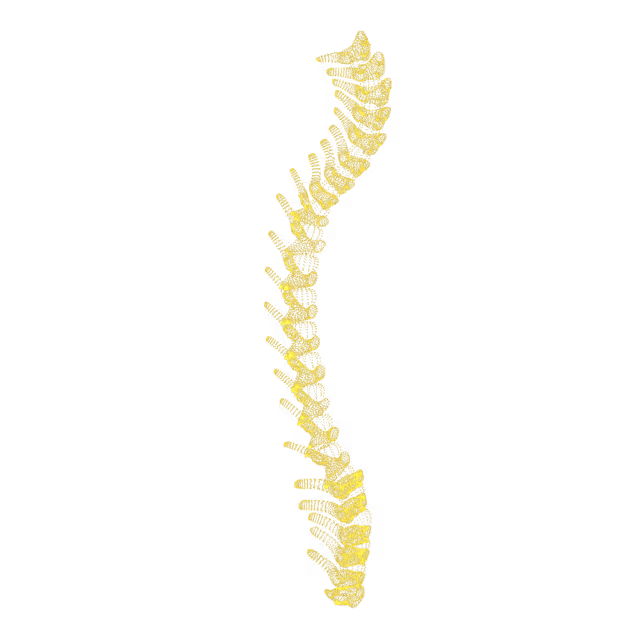
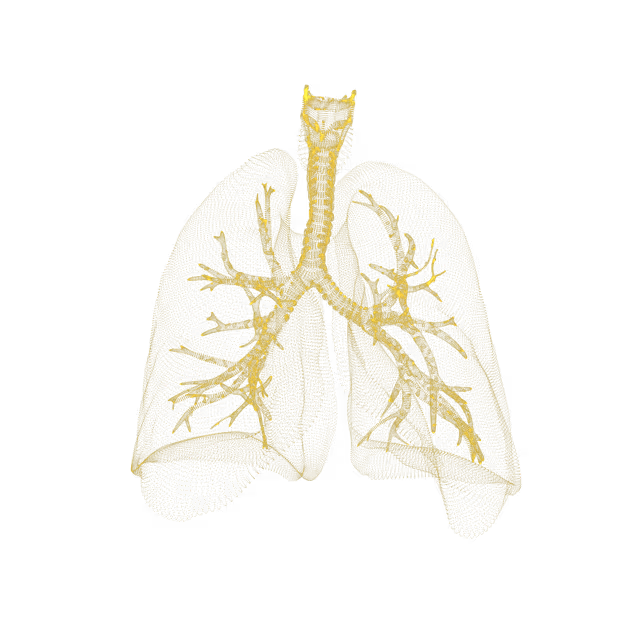
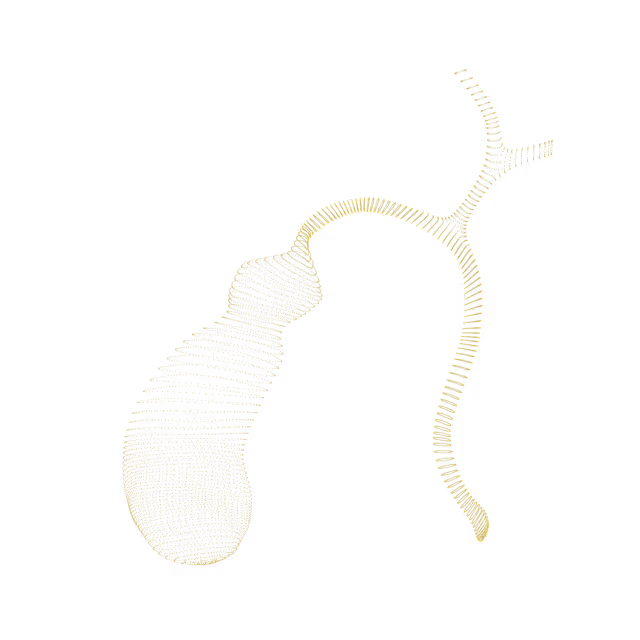
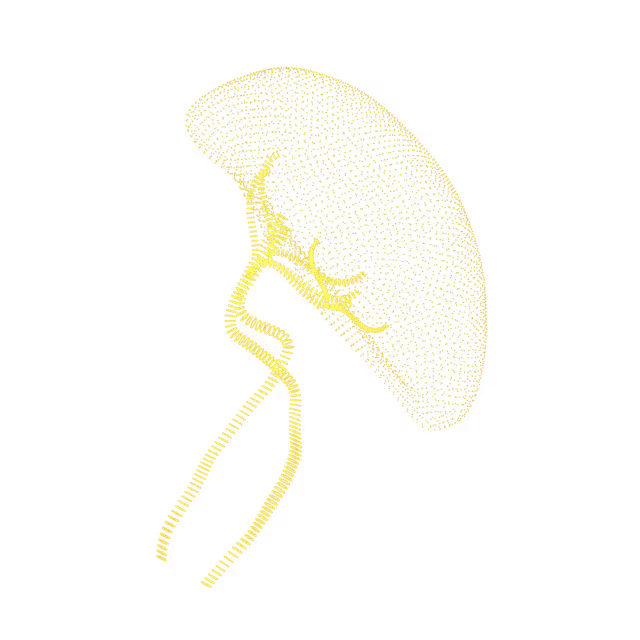
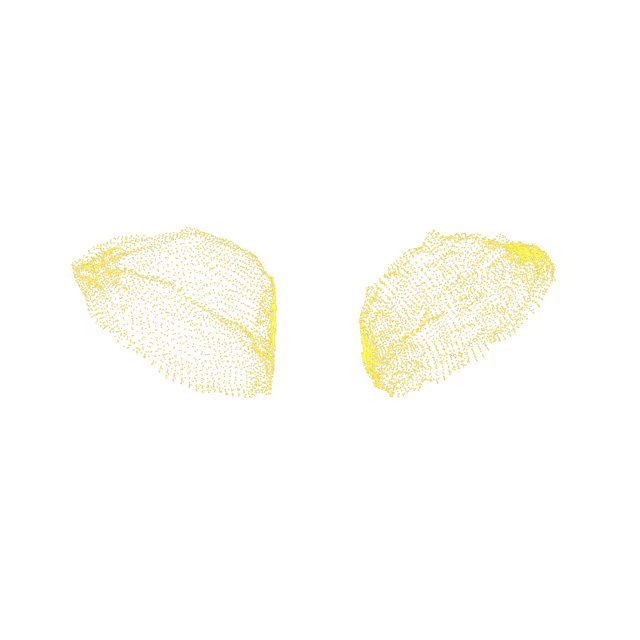
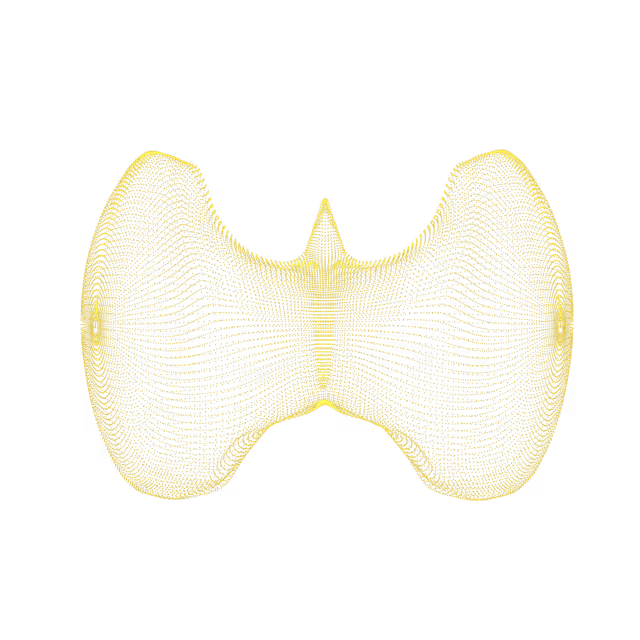
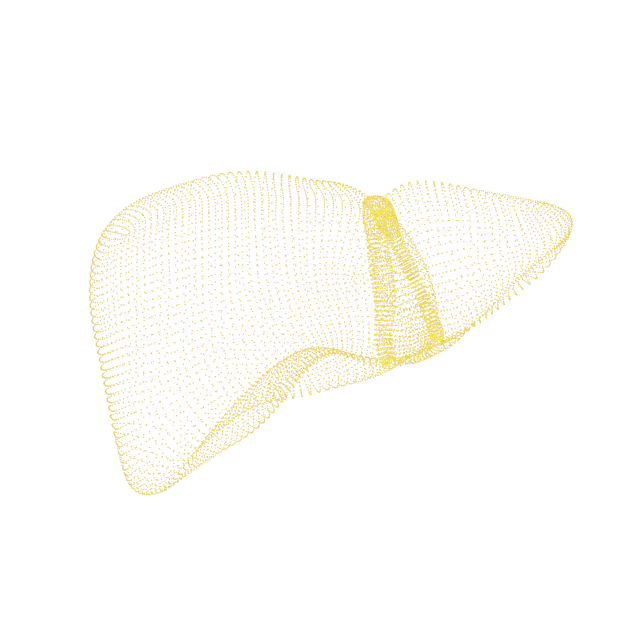
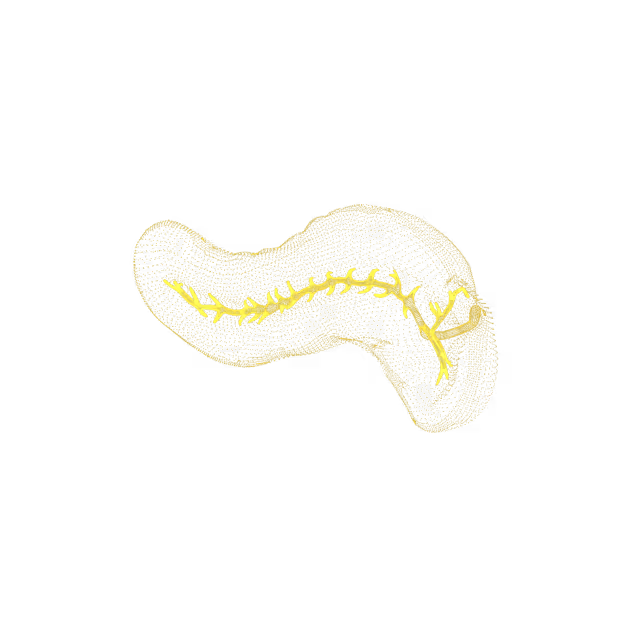
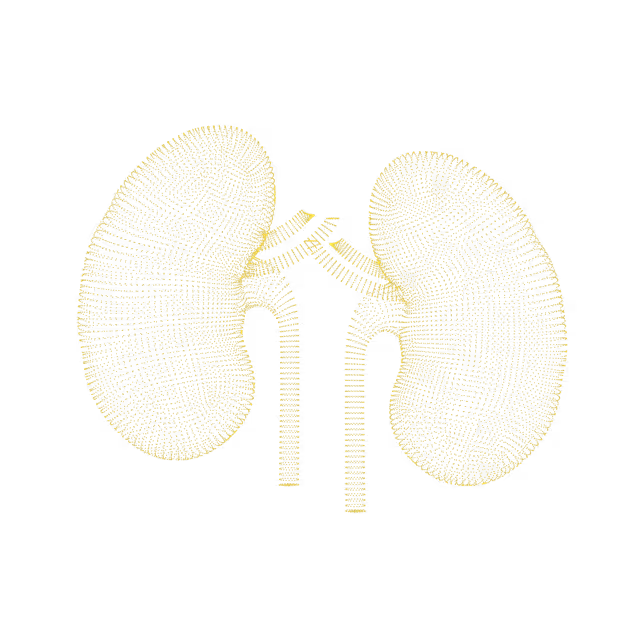
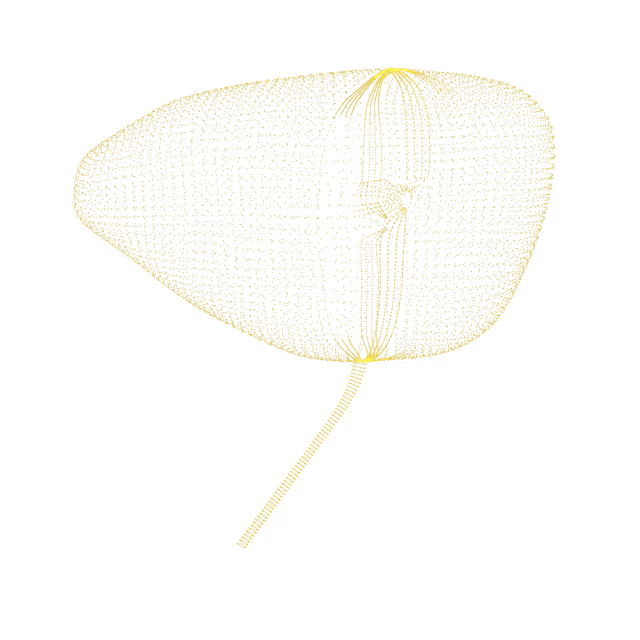
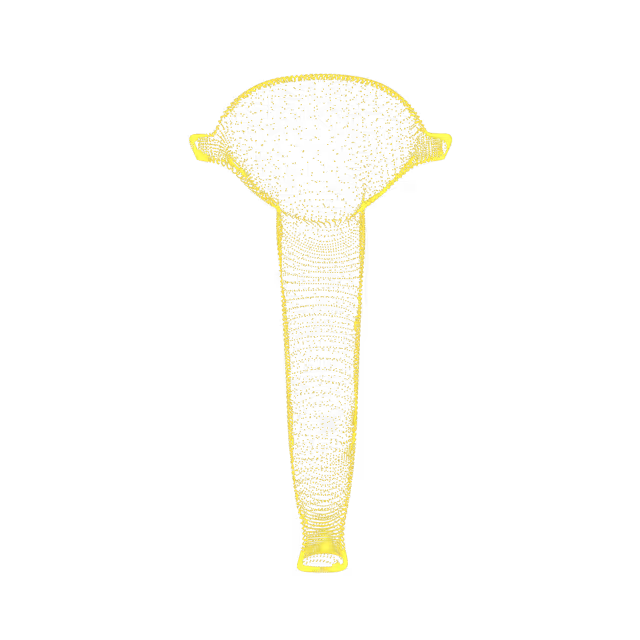
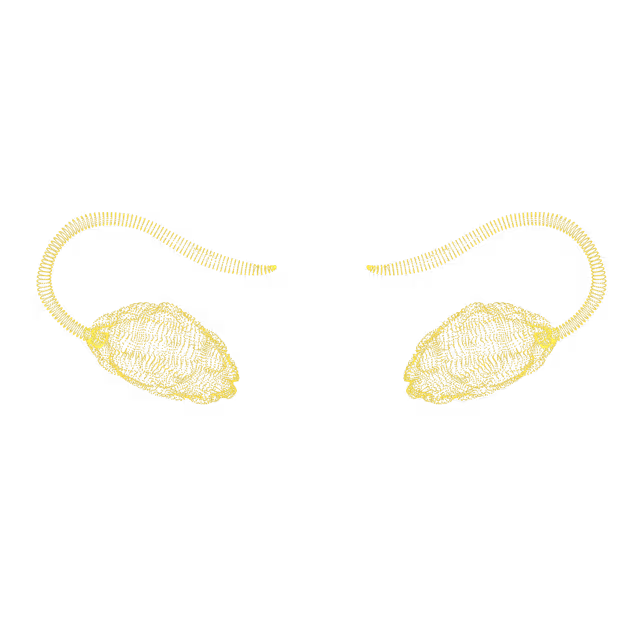
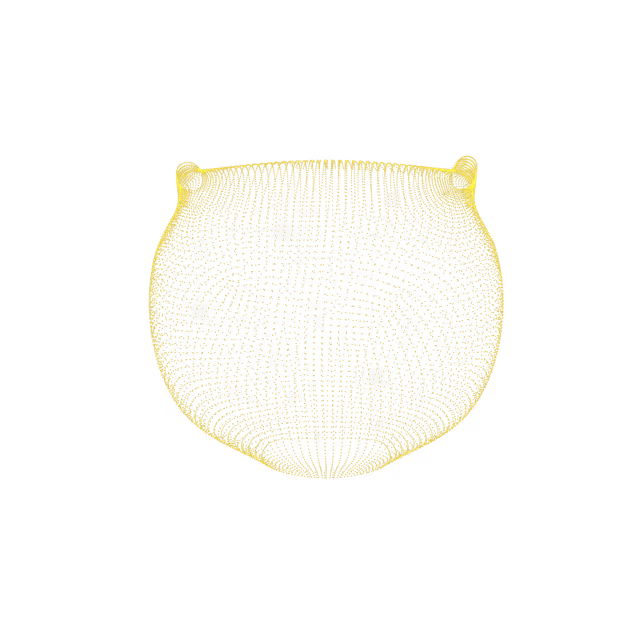

The diaphragm is a thin, dome-shaped muscular structure that is the primary muscle for respiration (breathing), particularly inspiration (breathing in). Sometimes part of the diaphragm can be thinner and not as muscular - this is called eventration and the cause can be congenital (from birth) or acquired (e.g. weakness from muscular disease or injury to the phrenic nerve [the nerve that provides exclusive motor control of the diaphragm and is essential for breathing]). Most people with diaphragmatic eventration are asymptomatic (do not have symptoms).
The infrarenal abdominal aorta is the segment of the abdominal aorta (the main blood vessel that exits the heart, bringing oxygen-rich blood to the rest of the body) below the kidneys. An aneurysm is an abnormal bulge that occurs in the wall of the major blood vessel (aorta) or the smaller blood vessels (branch arteries) that carry blood from the heart to the body. Risk factors for an aortic aneurysm include genetics, male gender, smoking, high blood pressure and poor cholesterol. This aneurysm is usually asymptomatic (does not cause symptoms), but can cause chest, abdominal or back pain - and in extreme cases it can burst - causing internal bleeding.
Mesenteric panniculitis, also called sclerosing mesenteritis, occurs when the tissue (mesentery) that holds the small intestines in place becomes inflamed and forms scar tissue. Mesenteric panniculitis is rare, and it's not clear what causes it.Mesenteric panniculitis can cause abdominal pain, vomiting, bloating, diarrhea and fever, however, some people experience no signs and symptoms and may never need treatment. In rare cases, scar tissue formed by mesenteric panniculitis can block food from moving through the digestive tract. In this case, surgery may be indicated.
The mesentery is the tissue that secures the small intestines to the body. Based on your MRI images, there could be mesenteritis (inflammation of the mesentery). It is not known what causes this. Symptoms of mesenteritis include abdominal pain, bloating, vomiting, diarrhea, fever or weight loss.
The paracolic gutters (also known as paracolic sulci, paracolic recesses) are spaces between the colon and the abdominal wall. Trace/small amounts of free fluid in this region is a normal finding in individuals without symptoms or known abdominal/pelvic disease.
The diaphragm is a thin, dome-shaped muscular structure that is the primary muscle for respiration (breathing), particularly inspiration (breathing in). An elevated hemidiaphragm and diaphragmatic paresis (a condition in which either the right or left side of the diaphragm loses the ability to contract to allow proper inspiration) occurs when one side of the diaphragm (above, at or below) becomes weak from muscular disease or due to injury of the phrenic nerve (the nerve that provides exclusive motor control of the diaphragm and is essential for breathing). Individuals may present with difficulty breathing, but more commonly elevated hemidiaphragm is found on imaging as an incidental finding (found in passing when looking for something else), and individuals are asymptomatic (do not have symptoms).
A paraumbilical hernia occurs when part of the intestine or fat sticks out through an opening in the abdominal muscles with close approximation to the umbilicus (where the umbilical cord passed prior to birth). This creates a soft swelling or bulge near the navel. In adults, paraumbilical hernias are most often acquired due to increased intra-abdominal pressure brought on by obesity, straining with heavy lifting or coughing, or pregnancy.
Lymph nodes are small bean-shaped structures that are part of the body's immune system. The mesentery is the tissue that holds the small intestines. The retroperitoneal lymph nodes drain lymphatic fluid from the abdominopelvic gastrointestinal system as well as the skin, muscles, organs and deep tissues of the posterior abdominal wall. The main symptom for panniculitis (inflammation of subcutaneous fat), if it is acute, is painful or tender bumps called nodules that form in the layer of fat under your skin. Systemic symptoms may also be present and can include fatigue, fever, a general feeling of being unwell (malaise), joint and muscle pain, abdominal pain, nausea, vomiting, and/or weight loss.
A seroma is a collection of serum - the fluid, non-cellular component of blood. This is a common finding after surgery, especially with breast or abdominal procedures.Seromas can sometimes become infected requiring treatment with antibiotics. They can interfere with healing of a surgical site and may require drainage if they are large. However, they do not always need treatment, and smaller seromas often spontaneously resolve after months or years.
The jejunum is the middle part of the small intestine. Sometimes if there is a weak spot in the wall of the intestine, a small bulge (diverticulum) can form. Diverticula usually do not cause symptoms.


© 2025 Ezra